April 18, 2024
Contact: Shelby Laupp, 517-930-8493
Grand reopening May 2: Historic Tawas Point Lighthouse
After extensive restoration work, the Tawas Point Lighthouse – located in Tawas Point State Park in East Tawas, Michigan – is set to reopen soon for the spring/summer season, but the public can get a sneak peek at a grand reopening Thursday, May 2 – a fitting date that marks 147 years since a light first shone from the tower’s lantern room onto Tawas Bay and Lake Huron.
The event, running from 11 a.m. to 4 p.m., will kick off with the official reopening ceremony. Following the ceremony, visitors can check out a variety of vendor booths, including the Tawas Bay Art Gallery, Heritage Coast Sailing and Rowing and Thunder Bay National Marine Sanctuary, enjoy live music and lunch from local food trucks, browse the gift shop and take a FREE tour of the lighthouse.
The Michigan Department of Natural Resources, the Michigan History Center and the Friends of Tawas Point Lighthouse and State Park are partnering on this event.
The grand reopening is free of charge; however, a Recreation Passport is required for vehicle entry to the park grounds.
Restoring the light
The restoration work, which started in February 2023, was made possible through $455,500 in federal COVID-19 relief funding from the American Rescue Plan Act of 2021 and outlined in Gov. Gretchen Whitmer’s Building Michigan Together Plan.
Guided by historic architects at WTA Architects in Saginaw, the project’s primary focus was reversing the exterior deterioration of the lighthouse tower, as well as the lantern room and gallery. Mihm Enterprises, Inc., a contracting company from Hamilton, Michigan, was selected to conduct the work. Between the two organizations, there are five Governor’s Awards for Historic Preservation and five Michigan Historic Preservation Network Building Awards. Tawas Point Lighthouse marked Mihm Enterprise, Inc.’s 23rd lighthouse restoration project.
The team worked to identify and correct ventilation and moisture issues that had accelerated the tower’s decline. Those changes will improve safety and help prevent future deterioration.
While the tower itself remains white, the lantern and gallery colors may look different to repeat visitors. The colors, based on a paint color analysis, now reflect what was present at the lighthouse circa 1895.
Read more about the restoration process in this Showcasing the DNR story.
“After many years we are so excited to see the tower of Tawas Point Lighthouse return to the gleaming white beacon it was meant to be,” said Laurie Perkins, a Michigan History Center site historian for Tawas Point Lighthouse. “The crowning glory of the restoration project is the lantern room where the 1891 fourth order Frensel Lens still resides. As work progressed on the tower, an exciting color palette dating to the turn of the 20th century reappeared, adding even more to the historical authenticity of the lighthouse.”
Official reopening date
Tawas Point Lighthouse will officially open to the public Wednesday, May 8, and be open for tours Wednesday through Monday, from noon to 5 p.m. until Oct. 20. Tours cost $5. Every Tuesday, from June 4 through Aug. 27, the Friends of Tawas Point Lighthouse and State Park will conduct tours by donation from noon to 4 p.m.
“We are grateful for the hard work and immense care that the Friends of Tawas Point Lighthouse and State Park consistently dedicate to this historic site,” said Micah Jordan, the Tawas Point State Park supervisor. “As volunteers, they share their time, energy and passion with this site. We appreciate the continued partnership with the friends group and their work for the reopening celebration.”
For more information about the lighthouse, visit Michigan.gov/TawasLighthouse. To learn more about the Friends of Tawas Point Lighthouse and State Park, visit tawaslighthousefriends.com.
ARPA funding
A total of $250 million in federal COVID-19 relief funding was made available to the DNR to address a decades-long backlog of repair and maintenance needs in Michigan’s state parks system and build a new state park in Flint.
An additional $2.64 million in ARPA upgrades is proposed for Tawas Point State Park, including stabilizing the Lake Huron shoreline, upgrading parking lot and roads and modernizing the campground electrical system.
To follow the status of ARPA-funded projects and learn more about funding and decision-making, visit Michigan.gov/StateParksProgress. There you’ll find FAQs, a photo gallery and an interactive map identifying proposed project locations, details and status of those projects.
Note to editors: Several high-resolution photos are available for download in this Showcasing the DNR article about the lighthouse. |
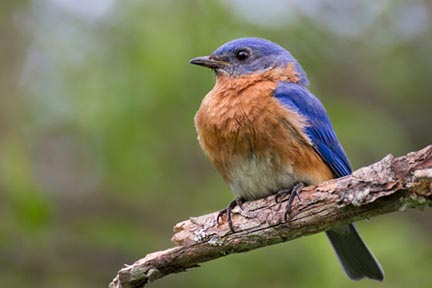



 With over 4,000 miles of state-designated off-road vehicle trails, Michigan is a great place to ride. Though dirt and mud are part of the fun, cleaning your vehicle between rides can help prevent the spread of invasive species – and help keep the landscape healthy.
With over 4,000 miles of state-designated off-road vehicle trails, Michigan is a great place to ride. Though dirt and mud are part of the fun, cleaning your vehicle between rides can help prevent the spread of invasive species – and help keep the landscape healthy.
 On the shores of Lake Michigan near Escanaba, Portage Marsh is an Audubon
On the shores of Lake Michigan near Escanaba, Portage Marsh is an Audubon  Interested in becoming a Michigan Department of Natural Resources conservation officer? Join DNR Law Enforcement staff for a free, live Q&A webinar Monday, May 6, from 6 to 7 p.m.
Interested in becoming a Michigan Department of Natural Resources conservation officer? Join DNR Law Enforcement staff for a free, live Q&A webinar Monday, May 6, from 6 to 7 p.m.  Three communities and one trail are now recognized as Pure Michigan Trails and Pure Michigan Trail Towns by the DNR. The program, designed to help boost Michigan’s position as the “Trails State,” recognizes locations – on land and water – that represent some of Michigan’s best trail experiences.
Three communities and one trail are now recognized as Pure Michigan Trails and Pure Michigan Trail Towns by the DNR. The program, designed to help boost Michigan’s position as the “Trails State,” recognizes locations – on land and water – that represent some of Michigan’s best trail experiences.

 Spring is a great time to explore and learn more about Michigan’s natural and cultural resources, and the DNR’s May calendar features a variety of opportunities to do just that.
Spring is a great time to explore and learn more about Michigan’s natural and cultural resources, and the DNR’s May calendar features a variety of opportunities to do just that.

 Each month, there are a variety of opportunities to help the DNR take care of Michigan’s natural and cultural resources. Here are a few ways to get involved in May:
Each month, there are a variety of opportunities to help the DNR take care of Michigan’s natural and cultural resources. Here are a few ways to get involved in May:

 See more pictures by
See more pictures by 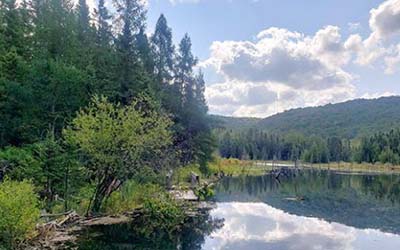


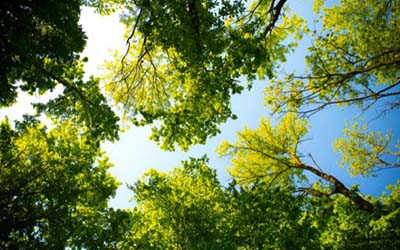
 In 2023, four new communities – Menominee, Negaunee, Beverly Hills and Michiana – joined the increasing number of cities, villages and townships to be certified as a Tree City USA for their efforts to promote and care for public trees within the community.
In 2023, four new communities – Menominee, Negaunee, Beverly Hills and Michiana – joined the increasing number of cities, villages and townships to be certified as a Tree City USA for their efforts to promote and care for public trees within the community.

 The 2024 fishing license year began April 1, and there are several ways to get a new license.
The 2024 fishing license year began April 1, and there are several ways to get a new license.

 To report didymo, use the
To report didymo, use the 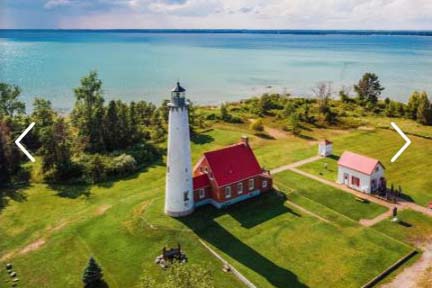
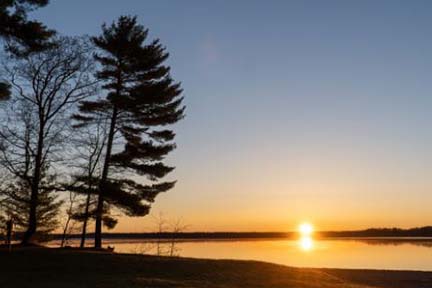

 Unfortunately, this happened recently, which reduces our ability to fulfill our mission to protect and enhance Michigan’s fisheries.
Unfortunately, this happened recently, which reduces our ability to fulfill our mission to protect and enhance Michigan’s fisheries.
 For starters, we began by building internal teams to develop a plan to tackle the array of projects we had on the board and crafting a vision of where our greatest needs occurred.
For starters, we began by building internal teams to develop a plan to tackle the array of projects we had on the board and crafting a vision of where our greatest needs occurred.
 Technology has improved tremendously since the hatcheries were originally built, and reducing energy usage across the board will save on utility expenditures as well as cut the overall carbon footprint of our operations.
Technology has improved tremendously since the hatcheries were originally built, and reducing energy usage across the board will save on utility expenditures as well as cut the overall carbon footprint of our operations.
 The facility is expected to receive $3.5 million for its improvements.
The facility is expected to receive $3.5 million for its improvements.
 In 2026, workers will be repaving the trails, roads and entryways as well as filling cracks and sealing the asphalt around the hatchery, brood and raceway buildings. The Oden and Platte River hatcheries have similar automated fish-feeding systems that are both being upgraded with new controls and feed-delivery options using the current infrastructure for those systems.
In 2026, workers will be repaving the trails, roads and entryways as well as filling cracks and sealing the asphalt around the hatchery, brood and raceway buildings. The Oden and Platte River hatcheries have similar automated fish-feeding systems that are both being upgraded with new controls and feed-delivery options using the current infrastructure for those systems.
 A new truck storage building for stocking trucks, resurfacing concrete raceways and a new automated fish-feeding system will round out the projects scheduled for 2025. No new projects for the Harrietta facility are anticipated in 2026 as the repaving was completed this past year, although some repaving projects may continue into 2026.
A new truck storage building for stocking trucks, resurfacing concrete raceways and a new automated fish-feeding system will round out the projects scheduled for 2025. No new projects for the Harrietta facility are anticipated in 2026 as the repaving was completed this past year, although some repaving projects may continue into 2026.